9 ways to test cheese for naturalness at home
Content:
To check cheese at home for naturalness, you need to arm yourself with an ultraviolet lamp, iodine, and a microwave. Or rely on your eyes, taste buds and sense of smell.
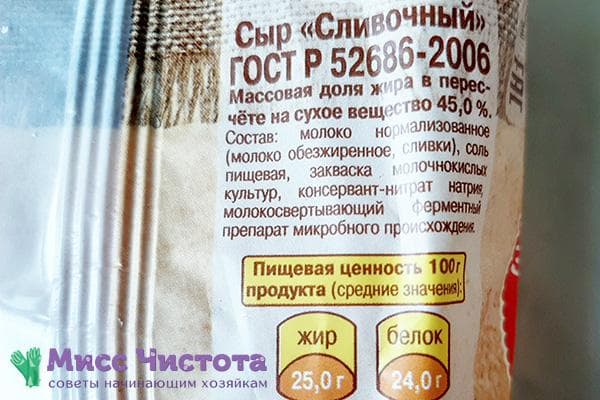
Attention to the label
The first thing you need to pay attention to when choosing cheese is the label.
Natural cheese is called just “cheese”. Cheese and cheese-like products are not cheese.
Next we look down at the composition. It should not contain vegetable oil (palm or other), starch and other dubious ingredients. Cheese consists of:
- milk;
- rennet;
- fermented milk starter;
- salt.
Dyes, calcium chloride, and preservatives are often added to natural cheese. But this is more a question of quality.
In comparison, the cheese product has a completely different composition. In it you can find:
- 20% milk;
- palm or coconut oil;
- milk fat substitutes (non-dairy fats);
- non-dairy proteins;
- starch;
- flavor enhancers.
The information on the packaging would be enough to ensure its naturalness. If not for one “but”. Intermediaries, and sometimes even manufacturers themselves, sometimes give false information about the composition.They manage to sell a cheese product under the guise of cheese for 3-7 times more expensive.
If you doubt the quality of cheese, it is better to play it safe and check its naturalness using simple tests.
What do appearance, smell and taste tell you?
If you regularly eat natural cheese, it will not be difficult to distinguish counterfeit cheese. For a cheese product:
- chemical, sour, sometimes unpleasant odor;
- “rubber” consistency;
- strange taste that has nothing to do with milk.
Natural cheese consists of natural products. It smells like milk. Regardless of the variety, milky notes can also be discerned in the taste. Also, if you leave it on the counter at room temperature, it will start to spoil. After just a few hours, a hard crust will form on top. The cheese product under similar conditions remains almost unchanged.
Ultraviolet testing
If you have an ultraviolet lamp at home, turn off the light and shine the light on the thinly sliced cheese slice. The test will help identify vegetable fats. If they are present, small blue spots will appear on the surface. Natural cheese should not “glow” in the dark.
Iodine test
Many dairy products have starch added. It gives additional volume and also acts as a thickener. Starch is used in the production of low-quality sour cream, cottage cheese, and processed cheese. It’s easy to check for its presence in dairy products:
- Place a few drops of iodine on the product.
- Wait 3-5 minutes.
- Evaluate color changes.
- If it contains starch, the product will turn dark blue, dark green or gray.
- If there is no starch, the iodine will leave brown or orange traces.
Roll test
The cheese product resembles plasticine.If you start rolling it out in your hands, it will become pliable and soft. Real cheese cannot be rolled. It crumbles and does not turn into a ball, no matter how hard you try.
Melting test
Before you eat the product, do one more small experiment:
- Cut a small slice.
- Place it on the bread.
- Microwave for exactly 1 minute.
- Evaluate the changes.
- High-quality cheese should melt evenly. It does not run down and does not become covered with greasy spots. But most importantly, it smells good.
- The cheese product practically does not melt and has no odor.
Attention to moisture released
The cheese “sweats.” This is his nature. Pay attention to the nature of the moisture released:
- the cheese product is covered with watery perspiration;
- There are barely noticeable droplets of fat on the cheese.
What about the cost?
Natural cheese is made entirely from milk. To prepare 1 kg you need at least 10 liters of milk.
Multiply the cost of a liter package of milk by 10. This is the minimum retail price of real cheese.
If the price tag indicates a significantly lower cost, be sure that this is a counterfeit.
How can you tell if cheese is of poor quality?
The main thing in making cheese is the correct technological process. The quality of the product, its appearance, consistency, taste, color and smell largely determines ripening. A cheese head can take several months or even years to ripen. This significantly slows down production. Therefore, manufacturers often use ripening “accelerators”, or even send an unripe product for sale.
Poor quality cheese can be determined by the following signs:
- The product has a heterogeneous consistency.
- It is inelastic - it does not bend, but breaks.
- The cheese has few or no eyes (unless this is a varietal feature).
Let's summarize. Natural cheese has a simple composition: milk, rennet, leaven, salt. It has a pleasant milky smell and taste, uniform color. Cuts well. It melts when heated. Does not react chemically with iodine. If you leave natural cheese on the table, it will soon become weathered and moldy. Simple tests will help you choose a quality product that will only bring health benefits.

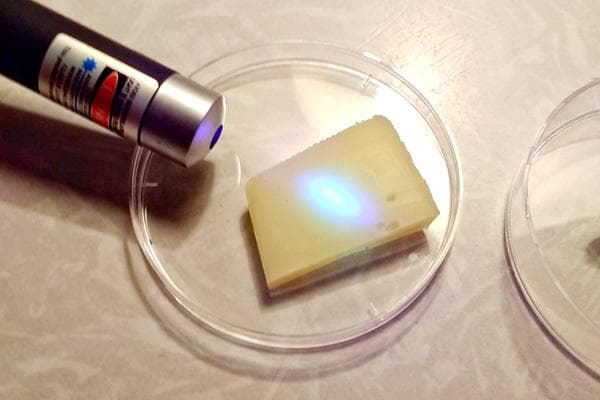
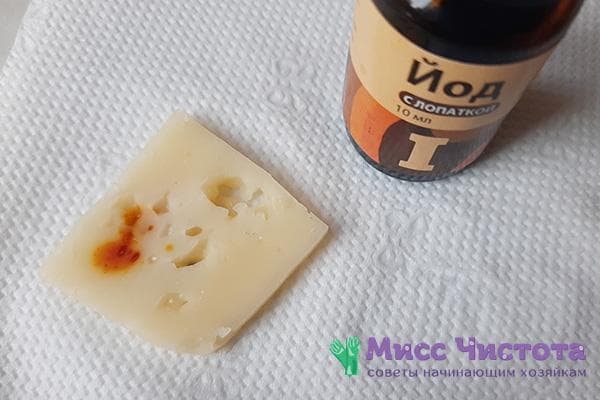
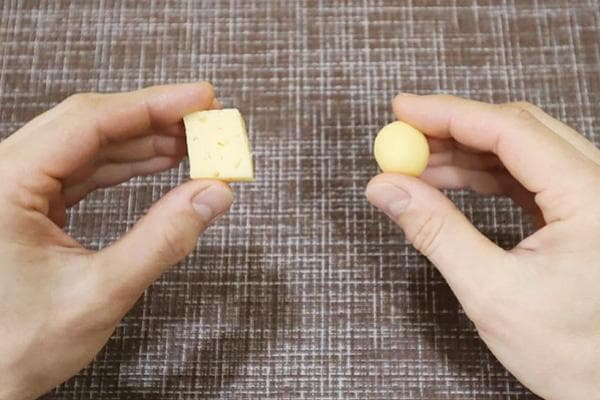
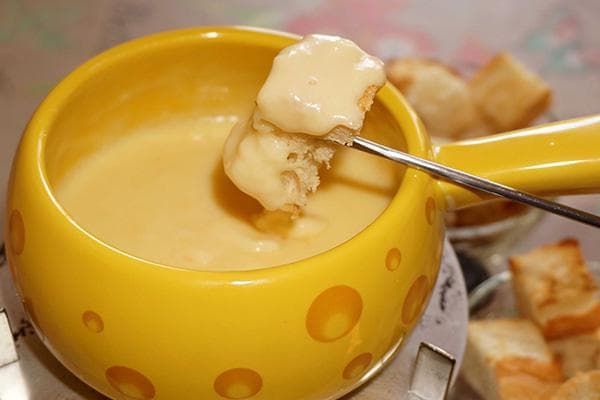
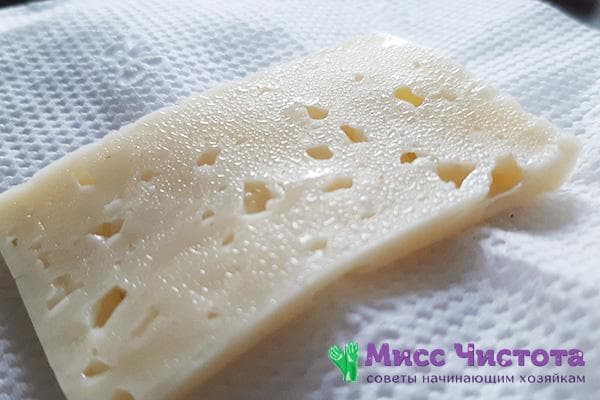
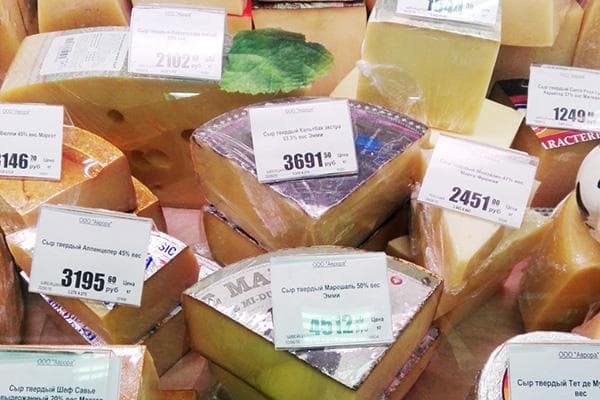
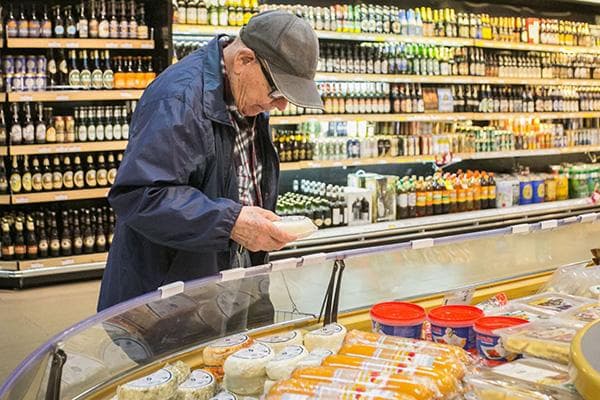
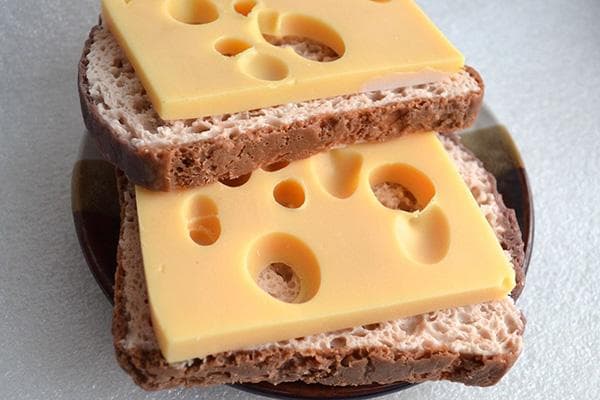
The article is very useful, thank you very much
Only in Russia you need to calculate cheese in a similar way. In Soviet times, I couldn’t even imagine this! Where does the sanitary and epidemiological station, quality control, etc. look?
Has anyone thought why there is a fake on the counter and how smart a buyer must be... spend so much time choosing. They ask for likes, but why doesn’t anyone suggest how to deal with this.
Unscrupulous manufacturers indicate false information on the product!!! That's for sure, only in our country this can happen. And businessmen are not afraid of anything! Why introduce new laws and rules if you don’t have to comply with them and you won’t get anything for it! Our poor people must be vigilant everywhere, fight, look around alone.... Why do we pay taxes??? If you control and check everything yourself!!! Everything is corrupt...we will never have order and honesty! This is the mentality.
fabulous and HIS friends POISON the population with CHEMICALS and PALM from grocery store shelves and NO “SIMPLE TESTS” CAN HELP here!
Imagine this in the USSR:
How much does a liter of milk cost? No markups! How to calculate the cost of cheese?
what a mess. found experts. There is no natural cheese in Russia. and experts too.Do they even know the taste of natural cheese? They take us for suckers. Cheese making is a very complex process. Show us the factories where cheese is produced. This is one of the most complex branches of the food industry. Where is this taught? We shouldn’t eat natural cheese anymore. This is a very complex microbiological process. Each cheese has its own holes, shape and size. Under the Soviet of Deputies there were how many types of cheese, and how many factories? and each produced 1-2 types of cheese. But what kind of control was there, God forbid, the wrong holes in shape and size are immediately discarded and processed into processed cheese. We don’t have natural cheese and never will.
Explain to me why I have to pay 2 thousand rubles for 1 kg of this crap of ours, and then check its quality at home in 9 ways? Where are the shops closing and their directors imprisoned for selling counterfeit goods, where are the authorities that monitor this and receive considerable salaries?
I agree with all the comments. Well done.
fill the shelves with products (it’s nothing out of the ordinary, the price is the same as travel money) - the task is completed!
Yeah, it's all crap ((we live in the richest country with the stupidest leaders
Eh, it’s a pity for our children, from an early age they eat this rubbish called palm and glutamate
I conducted several tests on my favorite cheese. It melts well and doesn’t roll into a circle—it crumbles. However, the iodine causes not quite brown spots; starch seems to have been added. But I don’t see anything wrong with starch; it was included in the ingredients. So I was happy with my cheese.